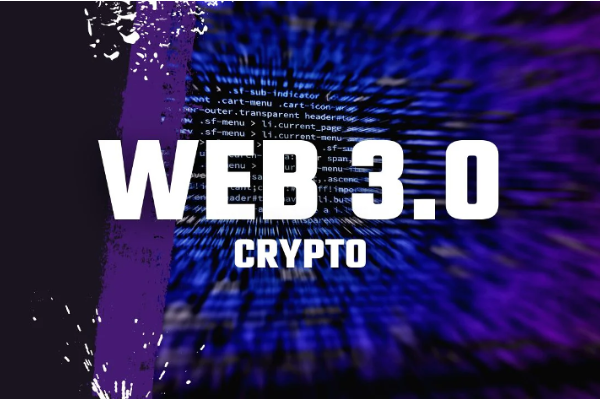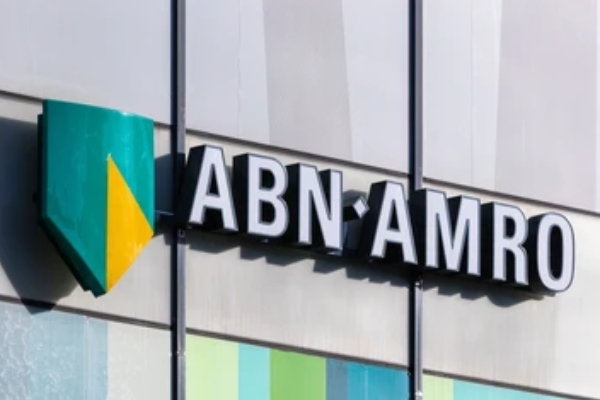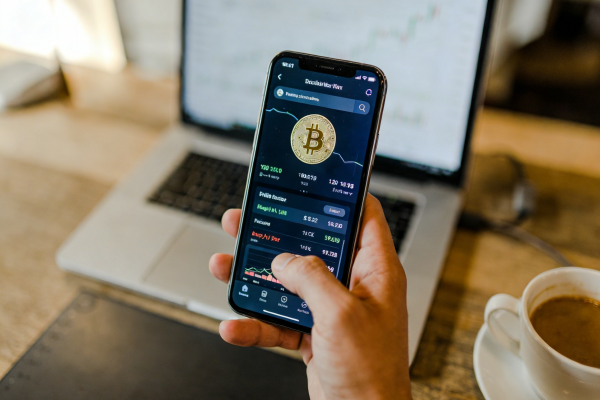How does on-chain market making break through indicators and silently control funds?
Only by dynamically adjusting the indicators used can we continue to move forward in this industry.
Taking the newly listed Binance alpha project $AGON as an example, let's briefly talk about how the on-chain market maker silently controls the distribution of chips, and how it conducts offensive and defensive confrontation with the indicators on the gmgn data platform (dev sell, bubble map, etc.).
Let's get closer to science together.
I paid attention to this project last month. Because it did not follow the market's strong trend, I used it to share some ideas about the on-chain data with my friends. At that time, I found that there were three interesting points in the data (the screenshot was taken in February):
1. Several addresses of Devs kept selling, all of which sold a few hundred dollars in the early stage, and then all dumped.
2. The top 100 holders are very strange. Basically, they all withdrew coins from CEX on the same day, and then all bought small amounts of around 200 coins with USDT, and occasionally sold a few times.
3. It looks like there is a group that is constantly absorbing small amounts of funds from different addresses and taking over from the dev side.
Based on the above information, we have reason to suspect that this batch of addresses is actually a person who sells and buys at the same time, so that the bubble map can be avoided.
Then we can take a deeper look at the traces on the chain and try to find clues to the association of these addresses. Unfortunately, these addresses use a large number of exchange cold and hot wallets to avoid correlation, and they look like more mature players on the chain.
However, if you want to identify whether a batch of addresses are controlled by the same person, in addition to Gas tracing, behavioral patterns are a good identification pattern, especially for humans.
We don’t need a lot of definitions. Simply take a look at the behavioral patterns composed of the transaction records of each address, and you can have a rough estimate of the similarity in your mind.
For example, this batch of addresses have only actively traded this token, and the number of transaction times is also in the same range. Send a group of examples.
After looking at a group of addresses, we found that these addresses are roughly divided into two categories. We use two typical addresses to represent the two types of functions.
One type is the same address as the dev address, which plays a role in grabbing and distributing chips:
After a large amount of purchases at the opening, this batch of addresses distributes chips to small addresses in the counter-trading transaction, so that the chips are distributed unnoticed while buying and selling.
The second type also plays a role in protecting the market. When the price falls below the target price, it will play a role in supporting the bottom.
On-chain transactions have considerable wear and tear, and may be grabbed by others (such as the clamp MEV). How do these addresses deal with this problem when they exchange chips to small addresses?
Here is an interesting feature of BSC, which is also a feature promoted by Binance teachers when everyone was discussing MEV a few days ago, called Bundled Transaction.
Here, simply put, a bundle of transactions is packaged and sent to the chain together, either together or not together, so that no other transactions will be cut in the middle.
Following this characteristic analysis, an obvious feature of using this service is that this series of transactions will be linked together in the same block. You can look at the opening block. Obviously, a large number of addresses have almost taken all the chips at the opening. It is reasonable to infer that this batch of addresses and the small addresses that exchange chips in the same block later belong to the dealer group.
This function will be used in two places. One is to ensure that you have enough chips when opening, and the other is to ensure that there is no wear and tear on the clamp when changing hands.
At this point, we are basically familiar with how to achieve almost lossless exchange from dev address to ordinary address through counter-trading. This is also how dealers break through some common indicators (dev sell, bubble map, etc.) of platforms such as gmgn.
I also hope that everyone will understand the risks of their decisions better when rushing to the dog, and do more risk control.
I have been dealing with data for a long time. I got involved with Crypto by working on data products. This version has indeed posed many challenges to data products and analytical logic. The extremely fast pace has compressed the time for everyone to make decisions to the minute level. After looking at a few core indicators, you have to decide whether to get on the train. It also took me a lot of time to adapt to this version.
However, the offensive and defensive confrontation is continuous. Each indicator will only work in a window period, which is the same for individuals and institutions. If the indicators are thoroughly studied, they will fail. Only by dynamically adjusting the indicators used can we continue to move forward in this industry.









